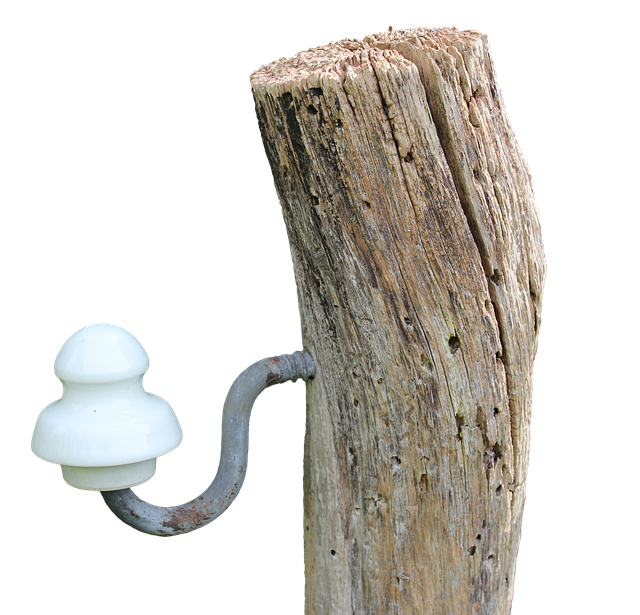In coastal regions, where harsh weather conditions and salty air pose unique challenges, durable wooden fencing is a reliable and aesthetically pleasing solution. This article explores the benefits of investing in robust wood fencing for your coastal property. We’ll delve into understanding specific coastal fencing requirements, highlighting the advantages of certain wood species, installation techniques tailored to these environments, and maintenance strategies to ensure longevity. Additionally, we’ll discuss how the right fence can enhance both the functionality and curb appeal of your coastal abode.
- Understanding Coastal Fencing Challenges
- Benefits of Durable Wooden Fencing
- Choosing the Right Wood Species
- Installation Techniques for Coastal Conditions
- Maintenance and Longevity Tips
- Esthetic Appeal and Property Value Enhancement
Understanding Coastal Fencing Challenges
Coastal areas present unique challenges when it comes to fencing due to their harsh environments. Saltwater, strong winds, and varying temperature levels can significantly impact materials over time. Traditional fencing may not withstand these conditions, leading to frequent replacements and increased maintenance costs. Understanding these challenges is the first step towards selecting durable solutions that can resist corrosion, break down, or become weakened by coastal elements.
Durable wooden fencing for these regions requires special considerations. Look for treatments that protect wood from moisture absorption, such as pressure-treated lumber or specialized coatings. These treatments extend the life of the fence by preventing rot and ensuring it remains sturdy against constant exposure to saltwater and extreme weather conditions.
Benefits of Durable Wooden Fencing
Durable wooden fencing offers an attractive and functional solution for coastal areas, where traditional materials like metal or vinyl may not be as resilient. One of its key advantages is aesthetics; wood provides a natural, warm look that complements the surrounding environment, from beachfront homes to scenic waterfront communities. This beauty isn’t just superficial; it also increases property value, creating a visually appealing first impression for visitors and potential buyers.
Beyond aesthetic appeal, durable wooden fencing stands strong against coastal elements like salty air, frequent rainfall, and sometimes harsh winds. Specialized treatments and high-quality wood species ensure these fences withstand moisture, rot, and pests, providing long-term protection. Their longevity not only reduces replacement costs but also minimizes construction waste, making them an environmentally conscious choice for responsible coastal development.
Choosing the Right Wood Species
When selecting wood for coastal fencing, understanding the unique challenges posed by salt air and moisture is key. Not all woods are created equal in this regard, so choosing the right species is essential. Look for varieties known for their natural resistance to decay, corrosion, and insect infestation—traits crucial for enduring harsh coastal conditions.
Hardwoods like cedar, redwood, and teak are popular choices due to their high durability ratings. These woods possess inherent protective oils that repel water and prevent damage from salt spray, making them ideal for exposed locations. Additionally, treating wooden fences with appropriate preservatives can significantly extend their lifespan, ensuring your coastal fencing remains robust and aesthetically pleasing for years to come.
Installation Techniques for Coastal Conditions
When installing wooden fencing in coastal areas, special considerations are required to ensure durability and longevity. One effective technique is pre-treatment of the wood before installation. This involves pressure washing the fence posts and boards to remove salt and debris, then applying a protective coating or sealant to shield against moisture and corrosion. A common method is to use galvanized or stainless steel hardware instead of regular nails or screws, which are more susceptible to rust in salty environments.
Another crucial step is proper anchoring. Given the often loose soil conditions near coasts, using concrete anchors or piling systems can provide a solid foundation for the fence. Additionally, inclining the fence slightly away from the ocean breeze can help prevent water accumulation and rotting. Regular inspection and maintenance, such as re-tightening hardware and reapplying sealants, are also vital to keep the fencing in top condition under these challenging conditions.
Maintenance and Longevity Tips
To ensure your durable wooden fencing thrives in the harsh coastal environment, regular maintenance is key. This involves cleaning the fence at least twice a year to remove salt spray and other debris that can weaken the wood over time. A good pressure wash or brush will do the trick without causing damage.
Additionally, applying a fresh coat of high-quality sealant every 2-3 years will protect the wood from moisture intrusion and UV rays. This simple step can significantly extend the lifespan of your fence, keeping it looking as good as new for years to come.
Esthetic Appeal and Property Value Enhancement
Durable wooden fencing offers more than just functional benefits for coastal areas; it significantly enhances the aesthetic appeal of properties. The natural beauty and warmth of wood can complement the surrounding landscape, providing a harmonious look that many homeowners appreciate. Well-designed wooden fences can serve as architectural elements, adding character to both residential and commercial spaces. This visual improvement is particularly valuable in coastal regions where properties often boast stunning ocean views or scenic gardens.
Moreover, the positive impact on property value cannot be understated. Real estate agents and studies confirm that homes with attractive outdoor features, including well-crafted wooden fences, tend to fetch higher prices. The enhanced curb appeal not only makes properties more desirable to potential buyers but also increases the overall value of the land, ensuring a solid investment for homeowners.
